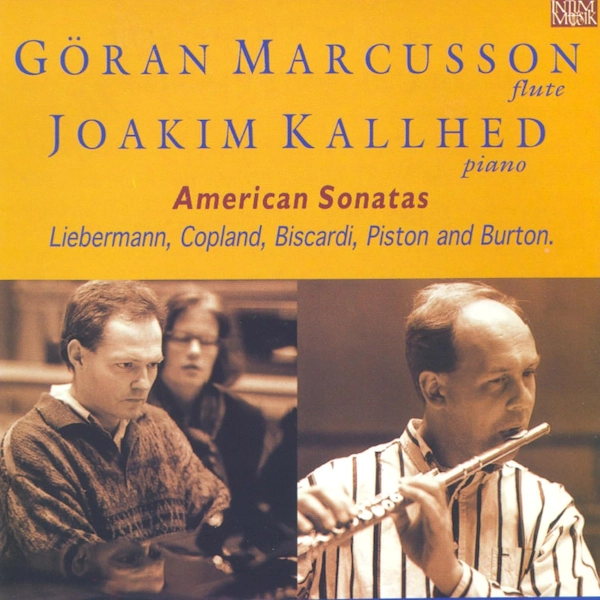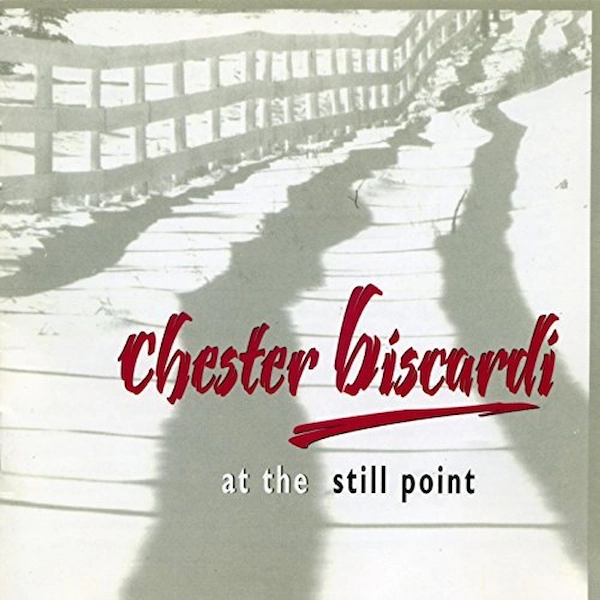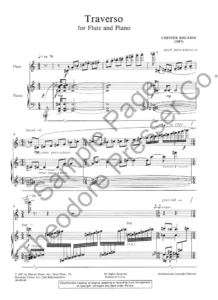Program Notes
Traverso, for flute and piano (1987), is a duo equally balanced between both instruments. It was commissioned by the National Flute Association to be featured at the 1987 Young Artists International Flute Competitions in St. Louis and was premiered in Weill Recital Hall at Carnegie Hall on May 8, 1988 by the First Prize Winner, Göran Marcusson, from Sweden, with pianist Joakim Kallhed, who also recorded it in 1994 for Intim Musik (Sweden).
Although I was not given any particular guidelines as to the nature of the composition, I felt strongly that the work should be musically more challenging than a traditional virtuosic competition piece. The Italian title means “transverse, lying across, breadth” and suggests not only the flute itself but also a music that extends over diverse feelings and ideas — ideas such as “musical landscapes.” In this work I blend Japanese transparency, in the sense of stillness, with the heroic and open musical landscape suggested by American harmonies of the 1930s and ’40s.
Juxtaposed Landscapes
Juxtaposed Landscapes: An American Composer Journeys into Japan
Convocation Address, Sarah Lawrence College: September 18, 1990













